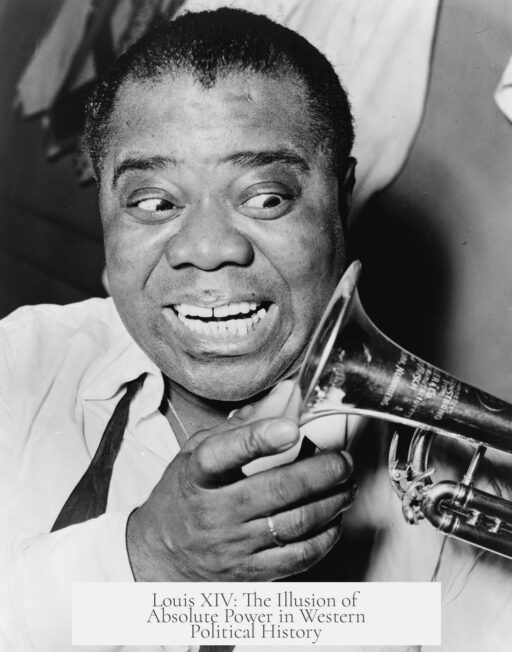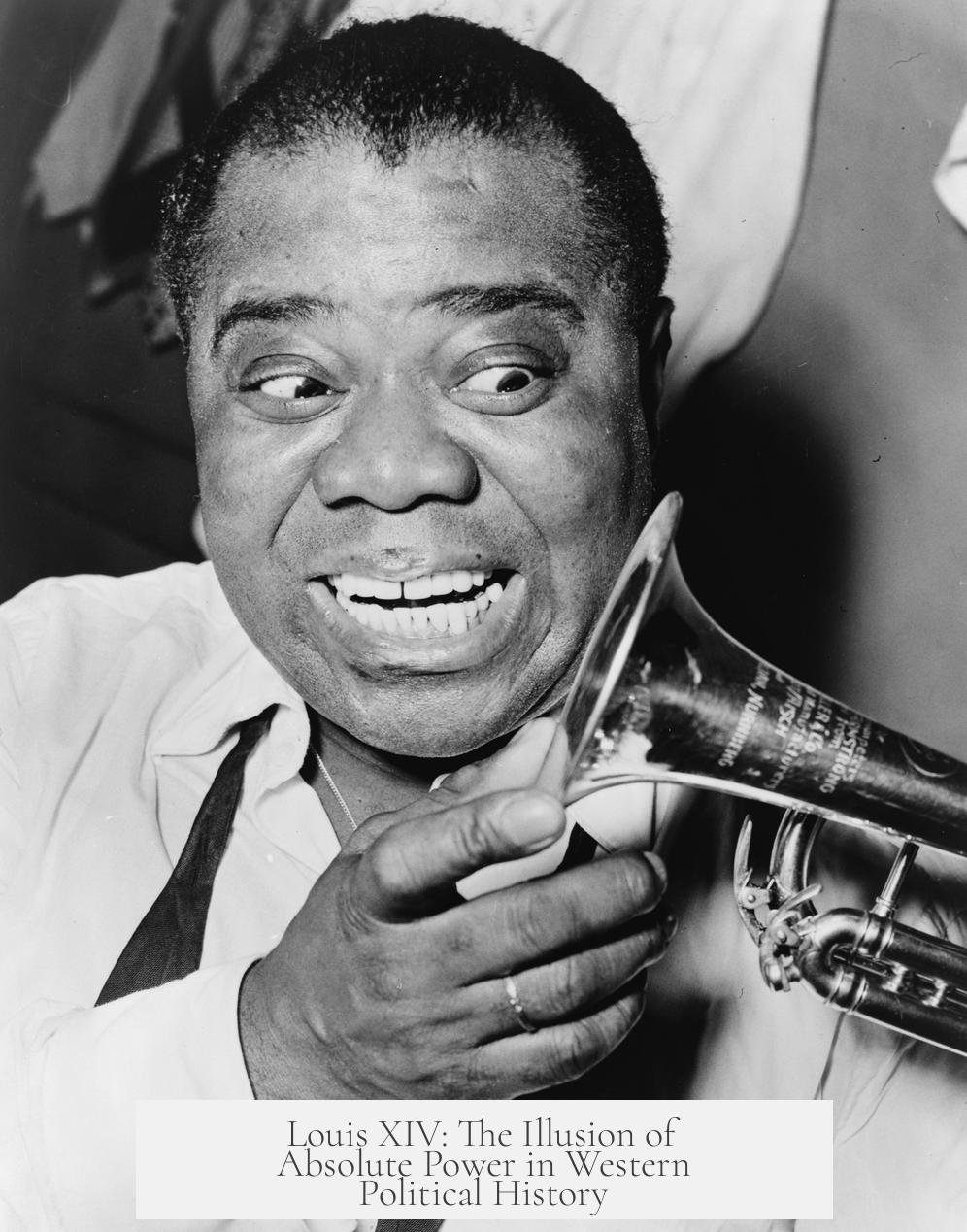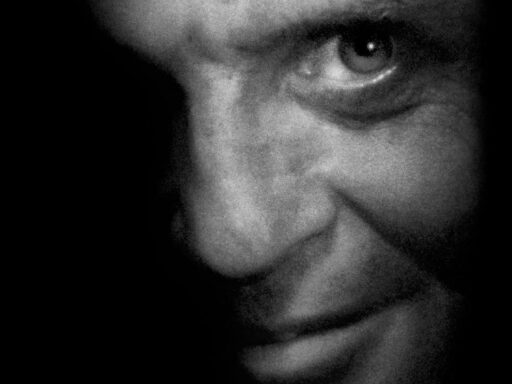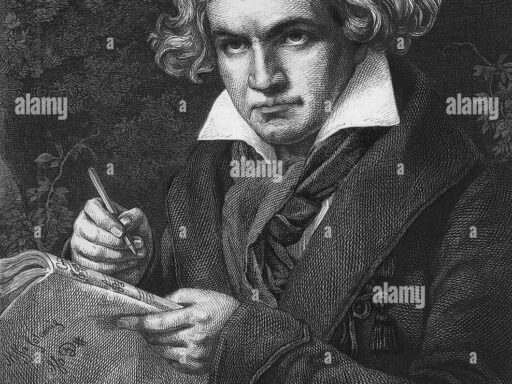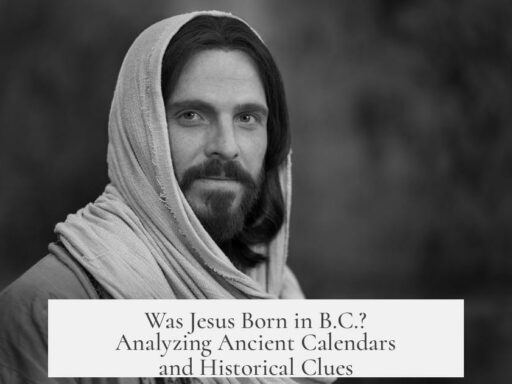Louis XIV is often portrayed as the ultimate symbol of western political absolutism. Yet, many historians argue that his reign was far from fully absolute in the strictest sense. This debate arises from recent research revising the idea of absolute monarchy and exploring the practical limits on royal power during his time.
The term “absolute monarchy” traditionally means a ruler who holds supreme power, without any human authority above him. Louis XIV famously declared “L’État, c’est moi,” emphasizing the king’s role as the state itself. However, this medieval notion of absolute power doesn’t fully apply to Louis XIV’s France, or to most modern European monarchies.
Historians now understand absolutism as a concept that worked in a medieval context but faced strong limitations in the early modern era. Louis XIV’s power was immense, yet he could not always impose his will unchecked. For example, the king’s ability to raise taxes was complicated by resistance from institutions like the États généraux, which could withhold cooperation. Unlike a purely absolute ruler, Louis XIV needed negotiation and consent for some fiscal policies.
Moreover, property rights under Louis XIV were strongly protected. The king could not simply confiscate land from his subjects at will. One notable example involves Provence, where the crown’s attempts to reform irrigation to boost the economy failed because private property rights blocked implementation. A strictly absolute monarch would not face such constraints.
These limitations point to a monarchy that was powerful but still had to contend with social and legal structures that checked the king’s authority. Pressure groups, influential nobles, and the emerging bourgeoisie all played roles in shaping policy. The monarchy was part of a complex power web rather than a single, all-powerful agent.
Another angle comes from comparing France to England. After the Glorious Revolution, England’s parliamentary system gained strong control over taxation and property rights, arguably establishing a form of limited absolutism by extending state power differently. England’s parliament taxed nobles and commoners alike and could seize land, a level of control that Louis XIV’s monarchy struggled to match.
Confusion also arises when comparing absolutism with totalitarianism. While absolutism centers on political authority concentrated in one ruler, totalitarianism includes cultural and societal control to an extreme degree. Nazi Germany and Fascist Italy represent totalitarian states aiming to reshape society and politics deeply. Louis XIV’s monarchy does not fit this model, as it lacked the modern political and ideological apparatus to control every aspect of life and society.
In short, Louis XIV’s reign exemplifies a powerful, centralized monarchy but not a fully absolute one. His authority was significant but operated within a framework of laws, entrenched property rights, and influential social groups. These checks meant the king’s power was broad but not without limits, and he often had to negotiate or compromise with other actors.
This reevaluation helps clarify misunderstandings about absolutism. Louis XIV symbolizes the move toward centralized power, yet his government coexisted with persistent legal, social, and institutional constraints that demanded balance and caution.
- The medieval idea of absolutism meant unchecked power, but Louis XIV ruled in a system with legal and social constraints.
- Louis XIV faced difficulties raising taxes and reforming land policies due to resistance from estates and property laws.
- Pressure groups and the bourgeoisie influenced royal decisions, preventing total absolute control.
- England’s parliamentary system post-Glorious Revolution often exercised more direct control over taxation and lands than Louis XIV’s France.
- Absolutism differs fundamentally from totalitarianism, which seeks total political and social transformation.
If Louis XIV Is Seen as the Archetype for Western Political Absolutism, Why Are People Saying That He Wasn’t Absolute at All?

Is Louis XIV really the ultimate absolute monarch? Modern historians say, not so fast. The Sun King, often billed as the shining example of absolute monarchy, turns out to be less “I am the state” and more a king juggling pressures, limitations, and institutions. Let’s unravel why Louis XIV’s so-called absolutism isn’t as absolute as legend claims.
You’ve probably heard the phrase L’État, c’est moi—“I am the state”—attributed to Louis XIV. It’s catchy and gives the idea that nothing in France moved without his say-so. Yet, this catchy phrase never actually left his lips. This myth underscores a misunderstanding: absolutism in the strict sense is more complicated than one king’s ego trips.
Redefining Absolutism: A Medieval vs. Modern Puzzle
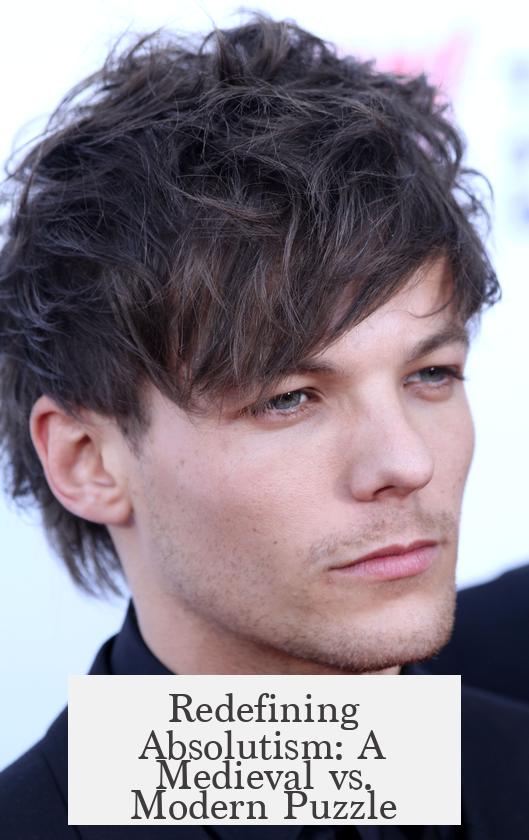
Modern scholarship flips the concept of absolute monarchy on its head. Back in Louis XIV’s time, “absolute” meant no human rival sat above the king. It didn’t mean the king was the lone source of law and authority that ruled unchecked. There were traditions, courts, nobles, and influential factions that limited his reach.
It’s a nuanced dance—absolute monarchs had power, but systems and social forces still guided what kings could or couldn’t do. So, the idea that Louis was some omnipotent overlord falls flat once you get into the details.
Limits on Louis XIV’s Power: Taxes, Land, and Cooperation

If Louis were absolutely supreme, raising taxes would be as easy as flipping a pancake. Spoiler: It wasn’t. Both Louis XIV and his successor Louis XV faced stiff resistance when trying to bump up taxes. The États généraux, an early form of representative assembly, often made royal ambitions difficult. Cooperation wasn’t guaranteed, no matter how much the king demanded.
Property rights in France were rock solid. Taking land away from nobles and bourgeois subjects was nearly impossible. For example, the royal government tried to implement modern irrigation in Provence to boost farming. It was a great plan on paper, but couldn’t be enforced because property rights blocked intervention. A truly absolute ruler wouldn’t have faced such barriers.
Pressure Groups and Power Brokers: Who’s Really Pulling the Strings?

Forget the idea of a king ruling solo like a diva on a throne. Louis XIV’s court had pressure groups and influential individuals shaping policy behind the scenes. Powerful nobles and mercantile bourgeoisie could sway decisions. The king often had to negotiate and compromise, rather than dictate with iron will.
This pushes the image of absolute monarchy toward something more like a complex web of influence and pushback, rather than a single-point command center.
The Role of Nobles and Bourgeoisie: Not Just Court Spectators

Many imagine the nobility running the show or resisting the crown endlessly. In reality, the nobility wasn’t the only key player—sometimes, not even the most important one. The bourgeoisie, the rising merchant and professional class, held significant sway. They played key roles in funding and even fueled major upheavals like the French Revolution later on.
Since John II’s reign (way before Louis), the nobility’s power was kept in check more than the burgeoning bourgeoisie. This shift made royal absolutism even trickier to manage.
Is Parliamentary England More Absolute Than Louis XIV?
This seems backwards, right? England with all its parliaments and revolutions sounds less absolute than the Sun King’s court. Yet, some experts argue England’s government exercised more effective control over taxation and property.
After the Glorious Revolution, Parliament could impose taxes—land, import, consumption—on everyone, nobles and commoners alike. They even allowed confiscating land when needed. Compare this with Louis’s trouble raising taxes or enforcing property policies, and you get a clearer picture.
Absolutism Isn’t Totalitarianism: Don’t Mix the Two Up
Louis XIV’s reign gets tangled with totalitarianism in popular imagination, but they’re fundamentally different. Absolutism means supreme royal power. Totalitarianism goes further, trying to reshape society and the individual’s very identity, often violently. Think Nazi Germany or Fascist Italy, not the Sun King.
Louis was powerful but didn’t launch a political project that sought to control every facet of life or reengineer humanity. Absolutism is a political structure; totalitarianism is a broader social and ideological control.
So, Was Louis XIV Absolute or Not?
Louis XIV was an iconic monarch who wielded tremendous influence, but calling him absolutely absolute is an oversimplification. His power had practical limits. He negotiated with social groups, wrestled with legal protections, and navigated institutional constraints. In that sense, he fits the medieval idea of “no one above the king,” but not the modern idea of unchallenged, unchecked rule.
Understanding this keeps history honest and encourages a deeper look at how power works, even at its most dazzling. It also warns against believing catchy phrases without checking facts.
What Can Modern Leaders Learn from Louis XIV’s “Non-Absolute” Absolutism?
- Power is never total: Leaders face practical limits from society, institutions, and tradition.
- Negotiation is key: Even the most powerful have to compromise with stakeholders.
- Property and rights matter: Social contracts like property rights shape what a ruler can do.
- Image vs reality: A leader’s image can be mythic, but real power is more complex.
So next time someone calls Louis XIV the paragon of absolutism, ask: absolute for whom, and by what measure? History loves a good throne drama, but it’s rarely as simple as it seems.
